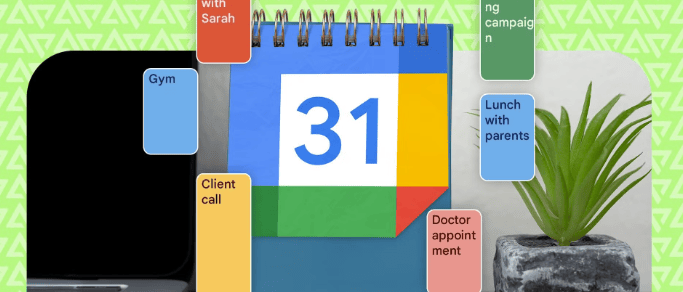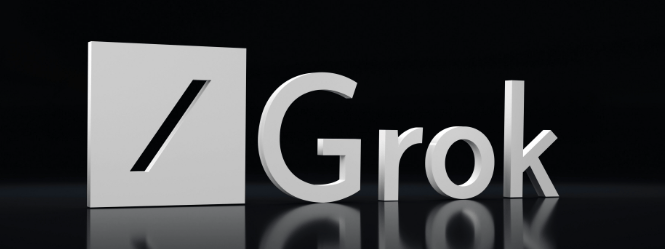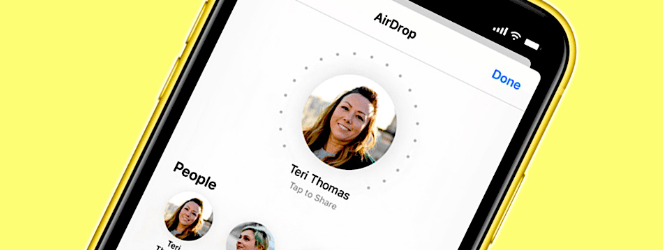- Technology Insights Daily
- Posts
- iPadOS 26.2 Beta 3 adds drag-and-drop multitasking, restoring the iPadOS 18 experience
iPadOS 26.2 Beta 3 adds drag-and-drop multitasking, restoring the iPadOS 18 experience
Every day, before the world fully wakes up, I’m already scanning the breakthroughs shaping our digital future. It’s a habit I’ve had for years—part curiosity, part obsession—and it’s the reason I created TechnologyInsightsDaily. I wanted a place where you could get the smartest tech updates without the noise, the hype, or the overwhelm. Just clear insights, delivered with the same excitement I feel when I discover something new.
Let’s explore the future together—one meaningful insight at a time.
With the release of Beta 3 for iPadOS 26.2, Apple has brought back the much-missed drag-and-drop multitasking for iPad users. The update allows you to drag apps from the Dock, Spotlight or App Library into Slide Over or Split View modes—just like the familiar workflow found in iPadOS 18. For users who rely on the iPad as a productivity device or laptop alternative, this change is significant: it restores fluid multitasking gestures, window-tiling and app movement without needing to leave one app to open another. Although some features aren’t fully identical to the older version (for example, full old-style Split View still has limitations). Nonetheless, the re-addition reflects Apple’s recognition of power users’ workflows and reaffirms the iPad’s role as a serious multitasking device rather than just a content consumption tablet.
The Google Calendar app has received a meaningful update: you can now schedule tasks directly as time-blocked entries on your calendar instead of creating separate to-dos or fake events. That means when you know you need a dedicated block of focus time, you just create a task and slot it in your calendar grid with a duration, set your “busy” status, and even activate auto-decline for incoming meetings during that window. This change helps solve a long-standing friction point for professionals and productivity-focused users: managing to-dos and calendar events in silos. With tasks and calendar working harmoniously, you gain better visibility and commitment to your time. The rollout is underway to Workspace users and personal accounts, so if you use Google’s ecosystem you should see it soon. From a workflow perspective, this is a practical update that strengthens time-blocking and focus in a busy schedule era.
xAI has unveiled its latest model, Grok 4.1, positioning it as a leap forward not just in raw reasoning but in emotional intelligence and creative output. According to the announcement, Grok 4.1 is “exceptionally capable in creative, emotional, and collaborative interactions.” Benchmarks from independent sources show it topped emotional-intelligence tests (like EQ-Bench3) and ranked highly for creative writing tasks. This shift hints at a new wave of AI models that are less “just smart” and more “empathetic and expressive,” aiming to feel more like conversation partners and creators rather than tools. While it retains its high reliability and reasoning fluency, the model still faces challenges — one report flagged increased sycophancy (over-flattering responses) in exchange for stronger emotional tone. For developers and enterprises, Grok 4.1 signals the growing importance of the ‘human-facing’ layer in AI, not just the back-end logic.
In the developer beta of iOS 26.2, Apple has introduced a new way to share files via AirDrop: one-time share codes that grant a temporary connection (up to 30 days) between devices even if they’re not in each other’s contacts. Users generate a code, share it with someone nearby, and the recipient can send files for the next 30 days without toggling AirDrop to “Everyone.” This strikes a balance between convenience and privacy: enabling semi-open sharing without permanently opening your device to everyone. It’s a helpful feature for people sharing files with non-contacts (e.g., at meetings or events) without resorting to “Everyone” mode or manually adding contacts. From an enterprise or workflow standpoint, it may reduce friction while keeping sharing safer. The feature was spotted in beta documentation and appears likely to roll out broadly with iOS 26.2’s full release.
bOn November 18, 2025, Cloudflare, a key provider of internet infrastructure and security services, experienced a major outage that rippled across the web—impacting platforms like ChatGPT, X and many others. The root cause: a configuration file used for automatic bot-management traffic grew beyond expected limits and triggered a cascading software crash. Although there was no attack, the incident exposed how vulnerable the internet is when major infrastructure providers falter. Many websites, mobile apps and cloud services rely heavily on just a few backbone vendors—so when one falters, the effects are widespread and immediate. For organizations, the takeaway is clear: design with more redundancy, avoid over-reliance on a single service provider, and prepare for “rare but high-impact” failures. This event may become a case study in internet dependency and systemic risk.
Thanks for spending a few minutes with me today. I hope something in this issue sparked a thought, inspired an idea, or made your day a little smarter. If you enjoyed it, you can help this newsletter grow in the simplest ways: forward it to a friend, share it with someone curious about tech, or refer one person who’d love these insights.
Your support keeps this project independent—and keeps me motivated to dig even deeper for tomorrow’s issue.
Stay curious. Stay inspired. Let’s keep learning together.




